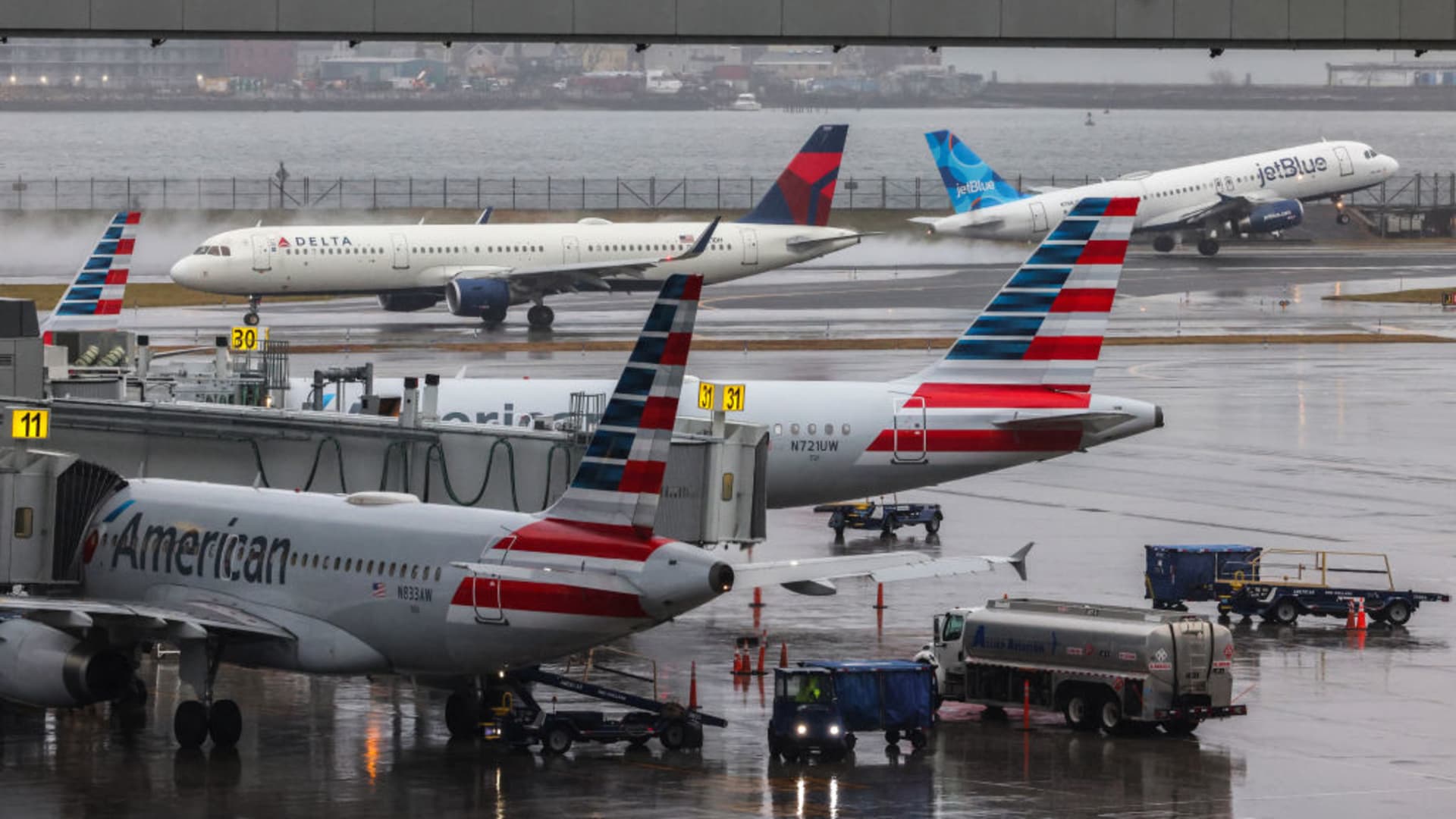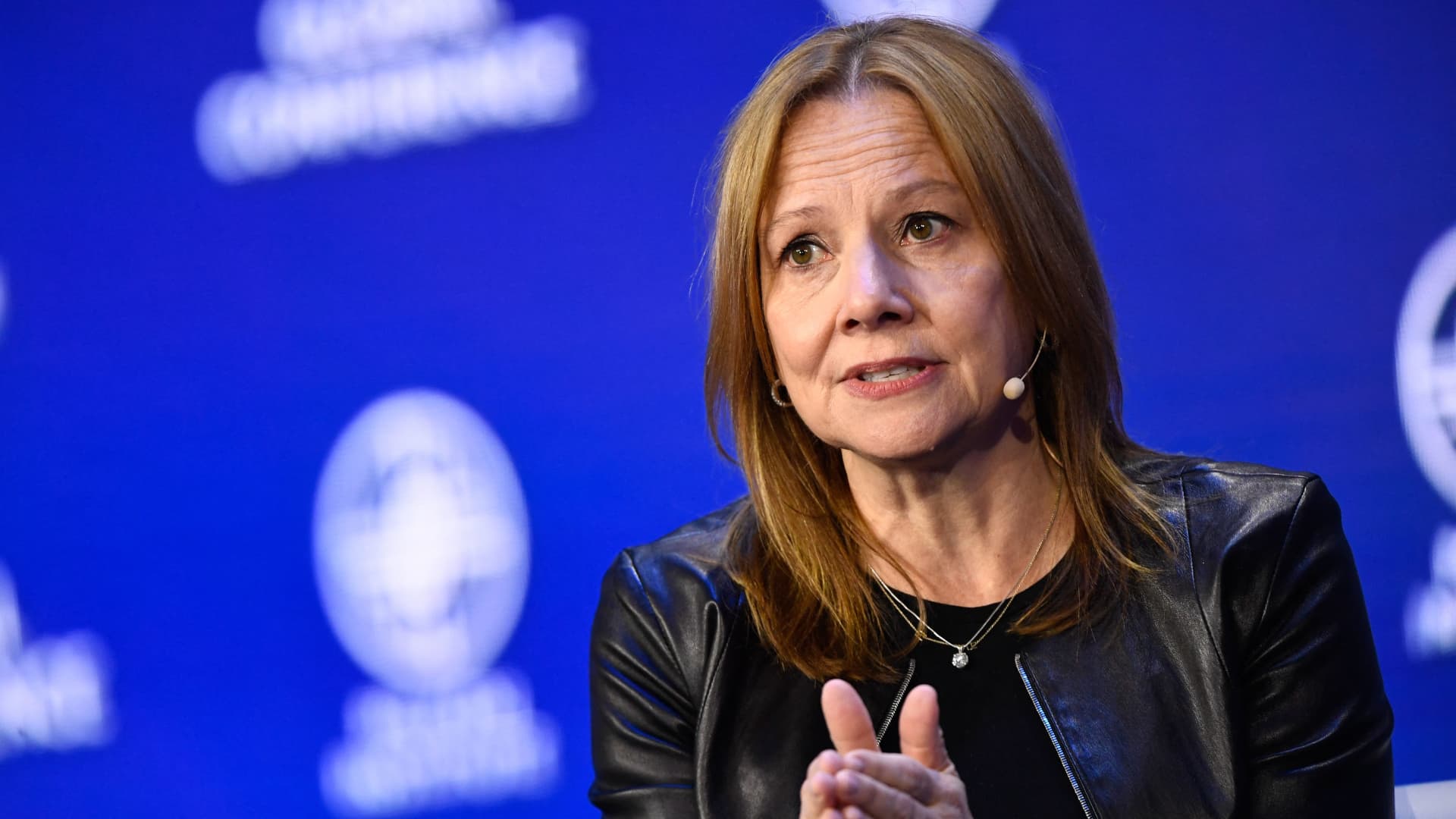It’s been 10 months since the Food and Drug Administration first announced a nationwide shortage of Adderall — one of the most widely used medications for attention deficit hyperactivity disorder — and the supply strain could potentially worsen in the months ahead.
While some supply issues have improved, many Americans are still struggling to find and fill prescriptions for the drug and other medications for ADHD that they often rely on to stay focused and complete daily tasks.
Drug-shortage experts told CNBC that it’s extremely difficult to forecast how much longer the shortages will last because of the lack of transparency in the pharmaceutical industry — and some are concerned about market conditions as children, who are commonly affected by ADHD, head back to school.
“Unfortunately, we might see the shortage worsen. We are heading into back-to-school time, so I am worried about it worsening as we go into that season,” Erin Fox, a pharmacist at the University of Utah and leading expert on U.S. drug shortages, told CNBC.
Adderall is one of more than 300 drugs in short supply in the U.S. as of June, according to a list from the American Society of Health-System Pharmacists, which represents pharmacists in a variety of health-care settings. That list also includes Adderall alternatives like methylphenidate, which is commonly known under the brand names Ritalin or Concerta.
Adderall and alternative ADHD medications apart from other drugs are Schedule 2 controlled substances.
That means the federal government regulates how those drugs are made, prescribed and dispensed because they’ve been deemed to have a high potential for abuse and could potentially lead to severe psychological or physical dependence. The designation also means that patients need to get new prescriptions for those drugs every one to three months.
Millions of Americans in the U.S. use the drugs to help them concentrate, control their impulses and manage their schoolwork, employment or relationships with others. ADHD is usually diagnosed in childhood and often lasts into adulthood.
An estimated 6 million children have been diagnosed with ADHD, and 60% were being treated with medication as of 2016, according to the Centers for Disease Control and Prevention. Meanwhile, around 8 million adults have been diagnosed with the condition, but only about a quarter of that number are getting treatment for it.
Back-to-school supply strain
Many children and young adults with ADHD often take the summer off medication and primarily rely on it during the school year. That could lead to even more demand in the months ahead that may not be met.
Historically, prescriptions for ADHD medications increase as the school semester starts around the U.S. — and “there is no indication this year will be different,” according to David Margraf, a pharmaceutical research scientist at the University of Minnesota’s Center for Infectious Disease Research and Policy.
Some drugmakers have said they expect to resupply a few ADHD products in August or September, according to an FDA database on shortages. But Margraf said “we need to be cautiously optimistic” because drugmakers don’t disclose exact numbers of how much stock they’ll have available by then.
That reflects a bigger issue with the ongoing shortages. It’s nearly impossible to know when they will end — or what exactly can be done to resolve them — because of the lack of transparency in the pharmaceutical industry.
“Very little factual information is out there. I think this is one of the biggest issues,” says Ozlem Ergun, a mechanical- and industrial-engineering professor at Northeastern University and an expert in pharmaceutical supply chains. “When you don’t have transparency or information sharing, how can you understand and resolve a problem that is complex?”
“This really, really hurts the users and the hospitals and the health-care system. They have pretty much no vision of what the future looks like,” Ergun added.
Teva Pharmaceuticals, Amneal Pharmaceuticals, Novartis’s planned spinoff Sandoz and Purdue Pharma subsidiary Rhodes Pharmaceuticals, which all manufacture drugs targeting ADHD, don’t need to publicly share information about where they manufacture medications, how much of them they make, where ingredients are sourced and their overall production capacities.
And the Drug Enforcement Administration — the federal agency that regulates controlled substances — shares little information about the production quotas it sets for each manufacturer of Adderall and other ADHD medications.
The DEA specifically limits the amount of raw ingredients, such as amphetamine, a drugmaker can get to manufacture those drugs.
“We don’t have the quota amount that each company is given. And we also don’t have the amount that each company is actually producing and if they’re meeting those quotas,” said Fox of the University of Utah. “There’s no way to understand which company maybe isn’t doing the job and which companies are, so we just don’t know exactly what’s going on.”
Production limitations
Ending the shortages of Adderall and other ADHD medications is no easy task.
“It’s not as simple as a free market where you just boost up production and meet demand,” said Michael Ganio, the senior director of pharmacy practice at the American Society of Health-System Pharmacists.
Many manufacturing plants operate at or near capacity and create multiple drug products. That means increasing the production of one drug could potentially require reducing production — and potentially impacting supply — of another drug, according to Ergun.
“In general, it is difficult to increase the manufacturing capacity for a drug,” she said. “There isn’t much unutilized capacity anywhere.”
It’s even harder to scale up the production of tightly controlled ADHD medications.
Drugmakers can request for the DEA to increase their production quotas if necessary, but it takes “a lot of push” for the agency to actually approve that, according to Margraf.
And even if the DEA does approve a quote change, it could take months to do so: “It’s not just flipping a switch and boosting your output by 20%,” ASHP’s Ganio said.
Some drugmakers have suggested that DEA quotas are contributing to the ADHD medication shortages or making it harder to alleviate them. That includes Aytu BioPharma, which makes an ADHD drug that used to be in shortage.
In a CNBC op-ed in February, Aytu CEO Josh Disbrow said the DEA could potentially cause widespread drug shortages if it underestimates demand and fails to increase quotas in a “timely manner in response to new information.”
However, the DEA and FDA pointed to a different problem in a joint letter released earlier this month.
The agencies said an internal analysis found that drugmakers fell 30% short of meeting the full quota for amphetamine medications in 2022, leaving about 1 billion potential drug doses on the table. They added that there’s a “similar trend” occurring this year.
The DEA and FDA said they called on manufacturers to confirm they are working to increase production to meet their allotted quotas.
“There’s obviously a lot of finger-pointing going on here between the agencies and manufacturers,” Fox said.
Surging demand for Adderall
The shortages of Adderall and generic versions of the drug kicked off last August, when major manufacturers reported that their medications were on back-order.
Manufacturers are required to notify the FDA of a shortage, but not the cause of the interruption. However, the FDA pointed to “ongoing intermittent manufacturing delays” at Teva when it first announced the Adderall shortage.
Teva previously said the manufacturing slowdown was partly tied to a labor shortage, which was quickly resolved. Teva did not immediately respond to CNBC’s request for comment about the state of its Adderall manufacturing.
A surge in demand for Adderall and other ADHD medications seems to have played a significant role, too.
U.S. prescriptions for Adderall rocketed to 41.4 million in 2021, a more than 10% increase from 2020, according to IQVIA, a health industry analytics firm.
One possible factor sending demand up, according to experts, was the increased use of telehealth services during the Covid public health emergency that may have allowed for more relaxed prescribing standards for ADHD medications.
The pandemic also created a perfect storm of distractions — such as the shift to remote work and a thrum of anxiety, stress and grief over the uncertainty of Covid — that may have exacerbated some ADHD patients’ symptoms or convinced more people that they have the condition, prompting them to seek treatment.
The increased demand for Adderall amid shortages of the drug likely resulted in a domino effect, too, with health-care providers and patients being driven to turn to alternative medications, triggering shortages of those drugs as well.






